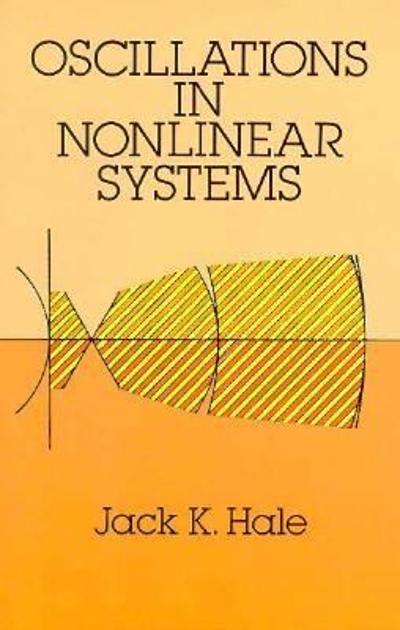plz answer following question. Thanks
(20 points) Flue gas desulfurization gypsum (FGDG) is a byproduct of burning coal and may have agricultural uses as long as the mercury (Hg) it contains is not bioavailable to organisms, such as earthworms, living in the soil. To study this, a soil scientist has designed an experiment that will use two sources of Hg (FGDG & an equivalent match of Hg directly applied to the soil) at three different rates (0, 10 8:. 100 ppm of Hg). The experiment was conducted as follows. A large amount of soil was obtained from the research farm and mixed up on a concrete pad. Research assistants then lled 24 ve- gallon buckets with soil. A suitably large number of earthworms were ordered from a laboratory supply company in one large batch. Approximately 100 worms were added to each bucket at \"random\". Four doses of FGDG at 10 ppm were prepared along with another four at 100 ppm. Similarly, four doses of Hg match at 10 ppm and at 100 ppm were prepared. The 24 buckets were randomly divided into 6 groups of 4. Treatments were assigned to groups in the following table. -__H- Oppm 10ppm 100ppm Uppm 10ppm 100ppm All 24 buckets were placed in a climate-controlled storage cabinet and their positions in the cabinet were rotated every day. After 28 days, a sample of 10 worms was selected from each bucket. Each sample of 10 worms was processed to remove all retained soil. Each set of 10 worms was then freeze dried into one composite sample and then the amount of Hg was measured on each composite sample. Please write your answers to the following questions neatly on a separate sheet of paper. If you need more than one sheet of paper, please write on one side of a page only and then staple the multiple sheets together only one side of each sheet will be graded. 1. (6 pts.) Specify the treatment factors & their levels, and then identify the treatment structure. 2. (6 pts.) Identify the experimental unit(s) and the observational unit. Ifthere is more than one size of EU, identify the treatment factors corresponding to each size of EU. 3. (6 pts.) Identify the number of replicates per treatment group (or factor if more than 1 size of EU). 4. (2 pts.) Identify blocking factors (if any). Otherwise report there are no blocking factors







